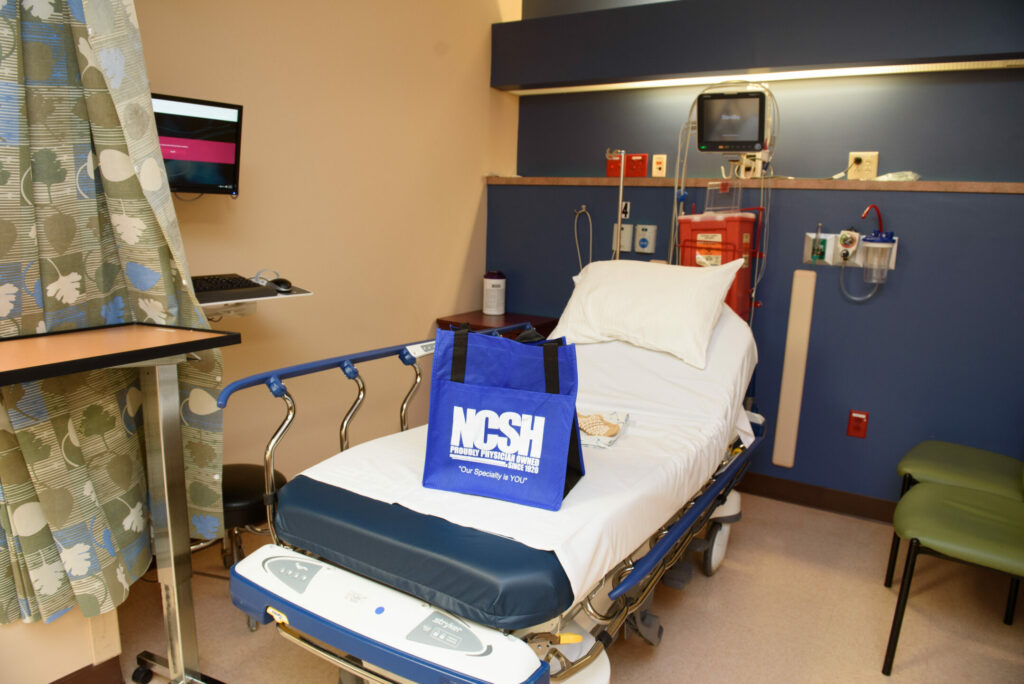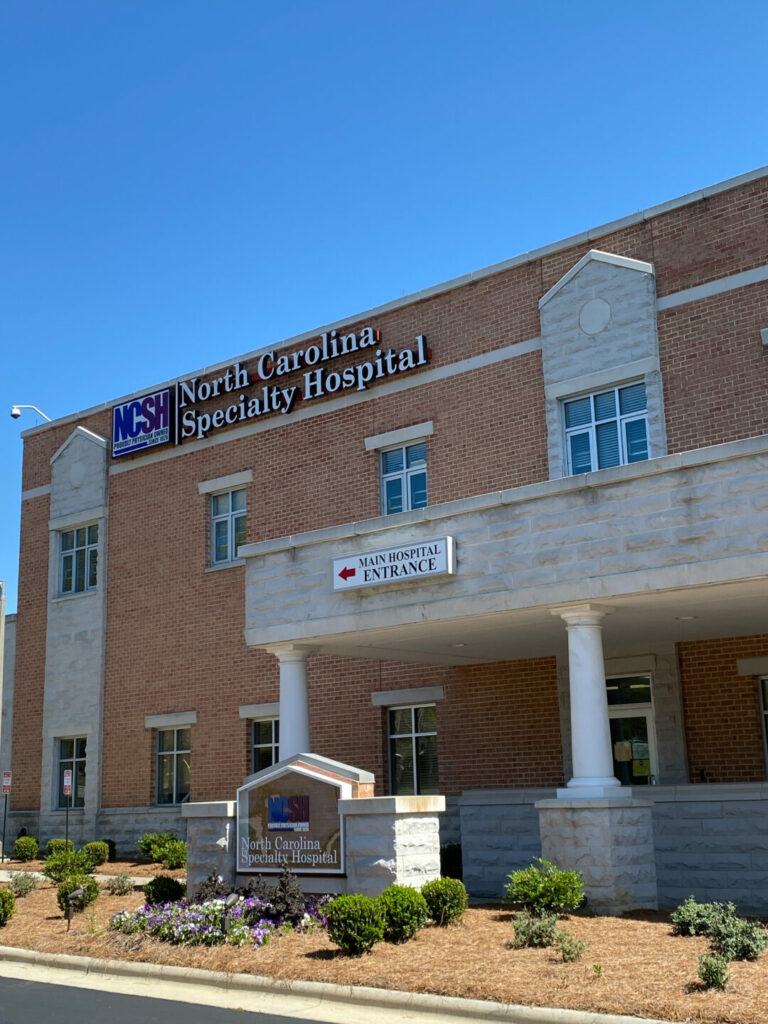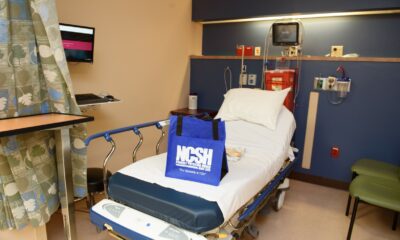Access your own patient portal, provided by NCSH.
General Surgery
Skin Graft Healing Stages—What You Need to Know
Tue, Oct 10, 2023

Skin grafting for burns and other challenging wounds is a procedure that uses donor tissue, often from the patient’s own body. If you need a skin graft, your surgeon will explain the surgery, how the graft should heal, what to watch for, and how to promote recovery.
About Skin Grafts
Skin graft surgery uses donor skin tissue to treat burns, diseased or infected areas of skin, and wounds that are large or not healing properly.
How Long Does a Skin Graft Surgery Take?
The duration of the procedure varies depending on the area to be covered by the graft and any complicating factors. Simple grafts might take an hour or two, while larger, more complicated grafts require up to 12 hours.
Types of Skin Grafts
 Most skin grafts are autografts, meaning they use donor tissue from another part of your own body.
Most skin grafts are autografts, meaning they use donor tissue from another part of your own body.
- Split-Thickness Skin Graft. This most common type of graft uses the outer layer of skin, called the epidermis, and the upper part of the dermis, a lower level of skin tissue.
- Full-Thickness Skin Graft. Full-thickness grafts include the epidermis and the entire dermis. Surgeons sometimes use these for wounds on the face and ears.
- Mesh Skin Graft. A mesh graft is an autograft with small slits cut into it. This makes the graft more flexible and allows for better fluid drainage.
- Allograft. Skin grafting for burns often involves a temporary cadaver graft, also known as an allograft. This donated skin helps cover the wounds to lower infection risks until the patient is ready for an autograft.
Risks and Complications
Several complications are among the potential disadvantages of skin grafting. Your surgeon will explain the risks before you undergo the procedure. They will explain what to look for during recovery and when to contact them about any issues.
Complications of skin graft surgery include infection, damage to the skin graft, blood pooling under the graft, and circulation issues that slow healing.
The Three Stages of Skin Graft Healing
The success of a skin graft depends on the ability of the donor tissue to connect to the area of a wound and develop blood vessels. This happens in three stages:
1. Imbibition
In the first phase of healing, the grafted skin begins to absorb nutrients and oxygen from the wound it covers. This is a passive process without any connecting blood vessels. The amount of blood going to the graft is not adequate during this stage, and the new skin looks pale and white.
2. Inosculation
About 48 hours after the procedure, the grafted skin should enter inosculation. This is when the blood vessels in the wound begin to extend toward those on the underside of the graft. The grafted skin in this stage begins to turn pink as more blood flows into it.
3. Revascularization
After about three days, the blood vessels should be connected more fully, allowing more complete blood flow into the grafted skin. The graft should change color at this stage and might swell as all the connections form. This is when the graft becomes more significantly incorporated into the tissue around it.
The three stages should take place over the course of five to seven days. This is a crucial time period for healing. You will likely have your graft immobilized with a secure bandage or even a splint depending on the location on the body. It is important to note any signs that the graft is not healing properly during this time, as it could indicate failure.
Recovering From a Skin Graft at Home—What to Expect
Your surgeon will give you specific instructions for managing your graft at home until you come back in for a follow-up. Most likely, you will be told to maintain the dressing in place until that time, so take care to keep it clean, dry, and secure.
It is very important during the early days of healing to avoid injuring or moving the graft. Avoid touching the dressing or letting it come into contact with anything. Keep the area elevated as much as possible, including at night while sleeping.
Once the dressing is removed, you can do more but will still need to be careful. Keep the wound clean and use a recommended lotion or cream on it. Healed skin graft scars will always look a little different from the surrounding tissue, but you can minimize them with good care. For instance, use high SPF lotion when exposed to sun to reduce discoloration.
A skin graft is a necessary procedure for some people. It can be painful and take a long time to fully heal, but ultimately it helps heal wounds and prevent infections. The surgeons at North Carolina Specialty Hospital are experienced in performing and managing skin grafts. Learn more about all of the surgical procedures we offer.
RELATED NEWS

What Is a Muscle Biopsy? 8 Things to Know
If you have unusual muscle symptoms that cannot be easily explained, you could benefit from a muscle biopsy. This relatively simple procedure helps specialists determine the underlying cause of muscle pain and weakness, rule out…
Continue Reading

Why Can’t You Eat Before Surgery? Find Out the 3 Important Reasons
If you’re having surgery, you probably have questions, such as why can’t you eat or drink before surgery. NCSH has your answer.
Continue Reading

Frequently Asked Questions About General Surgery
The Top 7 Frequently Asked Questions About General Surgery
Continue Reading
Stay Current
Educational Articles & More
View News & Press